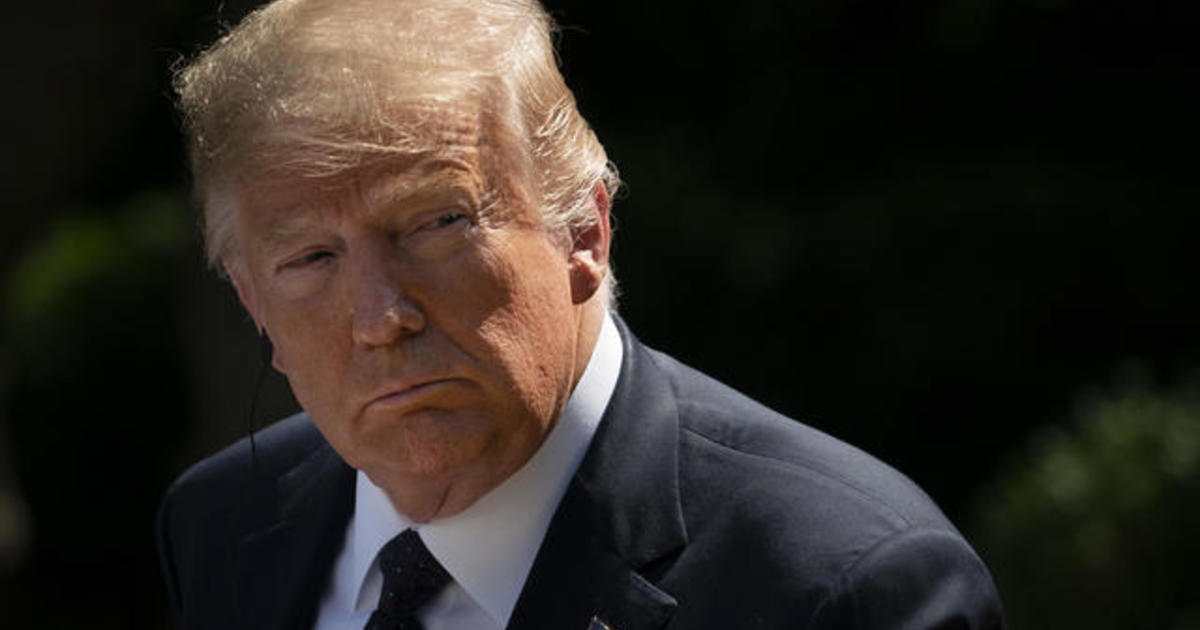
On August 8, President Donald Trump said his executive order to provide an additional $ 400 in weekly unemployment assistance to the nation’s 26.3 million unemployed workers would provide “immediate” relief. But nearly three weeks after he signed the order, so far only five states have paid the federal portion of the additional benefits, which amount to $ 300.
Those states are Arizona, Louisiana, Missouri, Tennessee and Texas, according to tracking site UnemploymentPUA.com, which received confirmation from the states’ unemployment offices as residents providing proof of pay. Texas was one of the first states, along with Arizona, to start paying this month, according to a Texas Workforce Commission spokesman.
Dozens of additional states are approved for the additional unemployment assistance, which is paid out of $ 44 billion in emergency aid funds through FEMA. States must apply to FEMA for funding, and then set up their systems to distribute the assistance to their unemployed residents, who need up to six weeks to reach applicants.
The slow rollout of the program is causing increasing stress for millions of unemployed workers who are struggling after their extra $ 600 in weekly unemployment assistance ended last month. And the original promise of Mr. Trump is failing to provide $ 400 in weekly aid, given that the federal government provides only $ 300 a week, with the hope that states would deposit the extra $ 100 in extra pay per unemployed applicant.
So far, only four states – Kentucky, Montana, Vermont and West Virginia – have said they will pay out the extra $ 100 in unemployment benefits. That means the vast majority of unemployed workers receive only $ 300 a week, instead of the $ 400 promised by Mr. Trump.
“I think it’s ineffective,” said Andrew Stettner, a senior fellow at The Century Foundation and an expert on unemployment benefits, on Trump’s Lost Wages Assistance program. “It’s not something people can count on regular expenses, such as sending their children back to college, paying rent or buying groceries.”
Wait until October?
Unemployed workers in many states may have to wait until the end of September or even October for their $ 300 in extra help, Stettner added. That is probably also true for the states that have yet to apply for the support of FEMA, which oversees the disbursement of $ 44 billion in disaster relief funds that were targeted to pay for the extra unemployment assistance.
Take residents in Nevada, which had the nation’s third-highest unemployment rate in July, at 14%, to New York and Massachusetts. Nevada said Tuesday it would apply for Trump’s Lost Wages Assistance program, but added that it could take as long as six weeks after FEMA approves its application for unemployed workers to receive the payments.
Even if FEMA immediately approves Nevada’s subsidy, it could take until early October for unemployed workers to see the benefits in their bank accounts.
Only three weeks of assistance through the Trump’s Lost Wages Assistance program has been given the green light by FEMA. And with natural disasters like Hurricane Laura taking a toll on the nation, the bureau could have additional requirements for that pot of disaster financing.
“We’re just getting to the height of hurricane season,” a former FEMA official said told CBS MoneyWatch. “If these storms are catastrophic, the extra financial strain of emergency aid will mean that money will be spent quickly, and Congress will have to find a way to get those funds back.”
32 states approved
To date, 32 states have been approved for assistance by FEMA. They are: Alabama, Alaska, Arizona, Arkansas, California, Colorado, Connecticut, Georgia, Idaho, Indiana, Iowa, Kentucky, Louisiana, Maine, Maryland, Massachusetts, Michigan, Mississippi, Missouri, Montana, New Hampshire, New Mexico, New York, North Carolina, Oklahoma, Pennsylvania, Rhode Island, Tennessee, Texas, Utah, Vermont and Washington.
Already there are signs of consumer stress from the loss of $ 600 in additional unemployment benefits last month. Those benefits, directed by the Coronavirus Aid, Relief, and Economic Security Act, or CARES Act, provided revenue worth $ 1.2 trillion on an annual basis, according to Oxford Economics. Without that help, personal income will decline 5%, or below pre-pandemic levels, their economists said last month.
In a conference call last week, Walmart U.S. CEO John Furner said he believes consumers feel more cautious about job security and overall. That comes with an unexpected dip in consumer confidence this month as the pandemic carries on and every week more than 1 million new applicants seek help without work.
Expect more pain ahead, economists warn.
“President Donald Trump’s executive orders provide households with even less relief than initially expected in the absence of a more comprehensive fiscal assistance package,” Oxford Economics Lead Economist Nancy Vanden Houten said in a research note. “The sharp decline in federal support for unemployed workers and increased uncertainty will push consumer confidence and spending.”
.